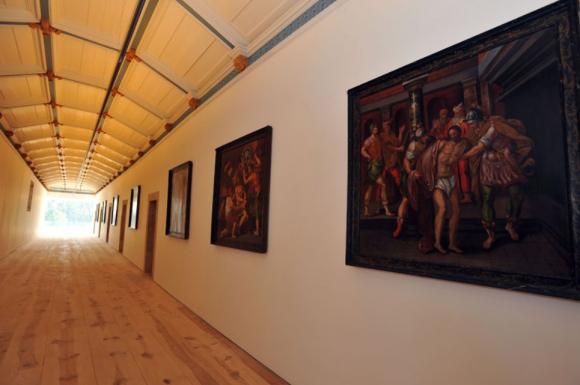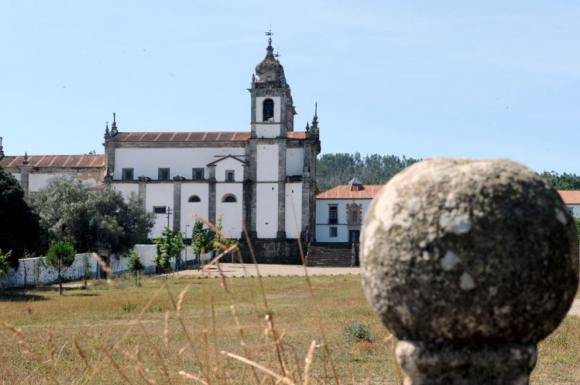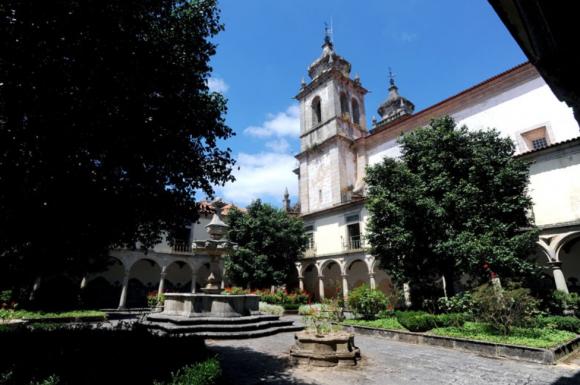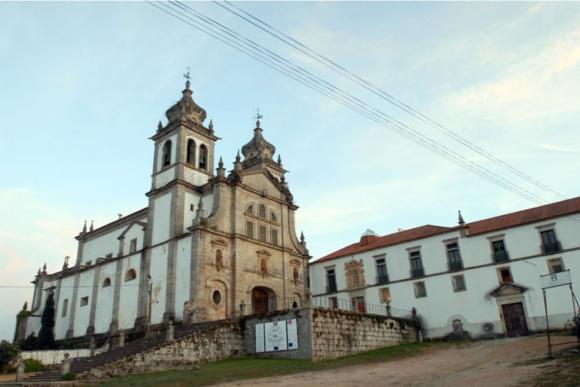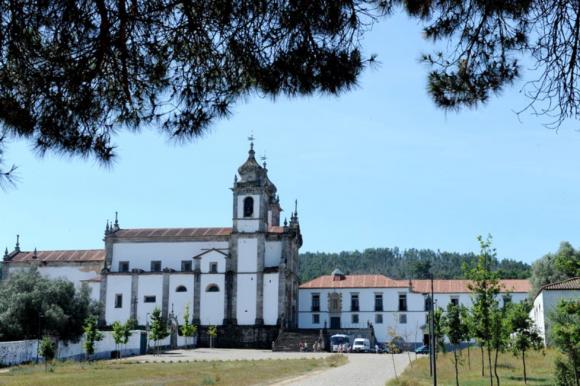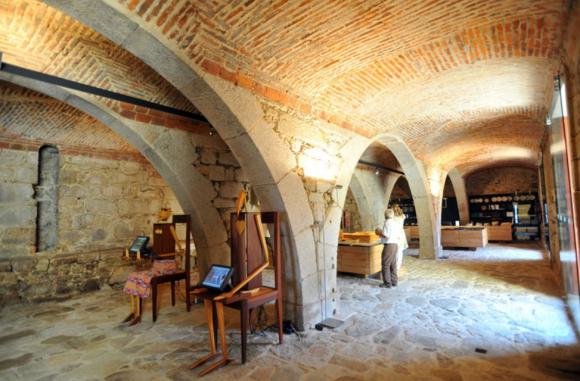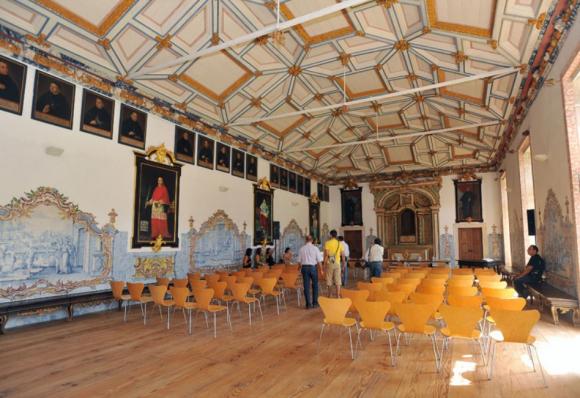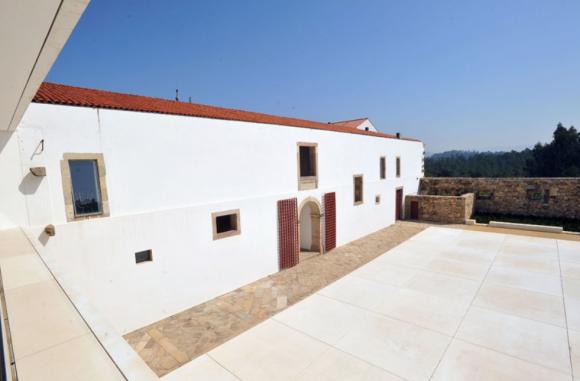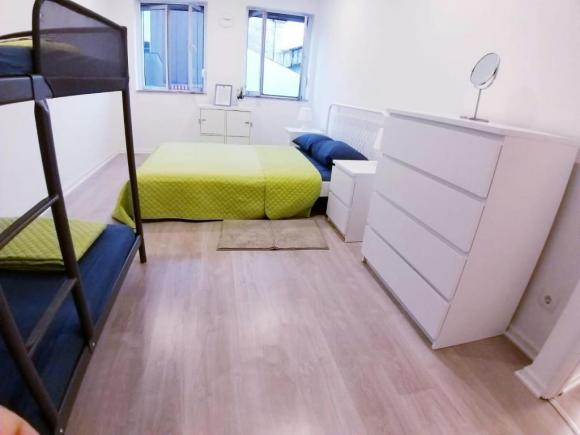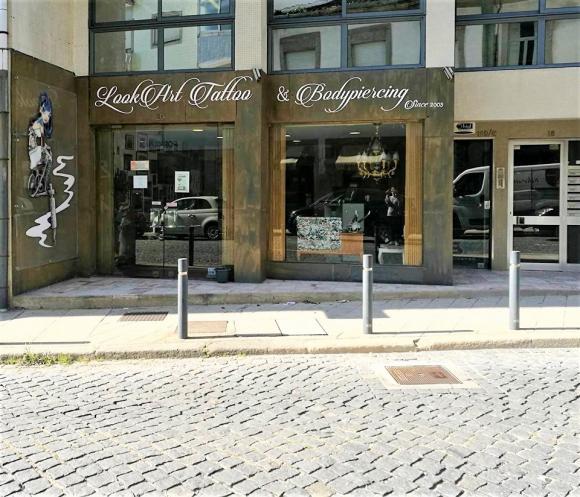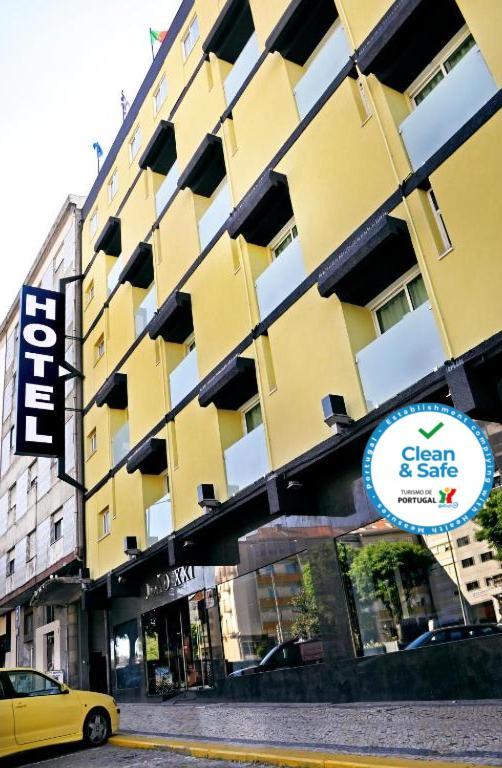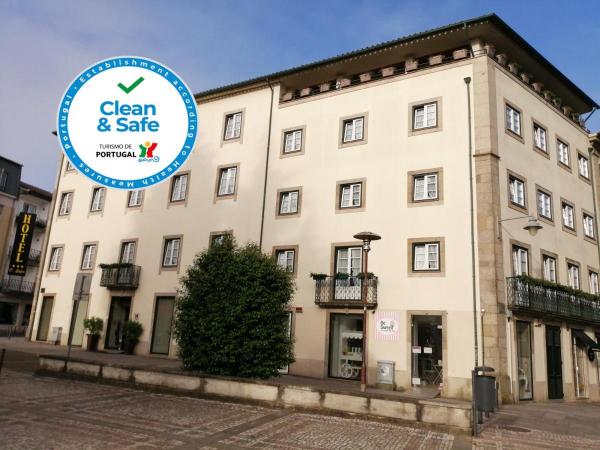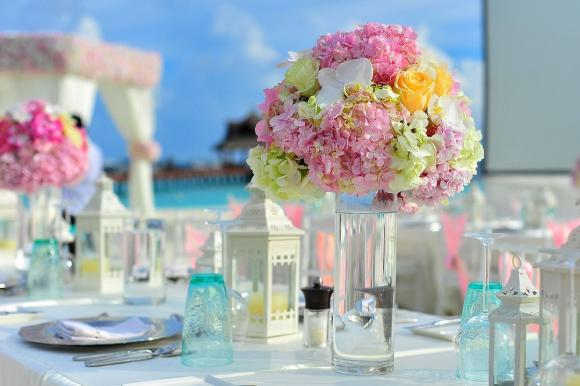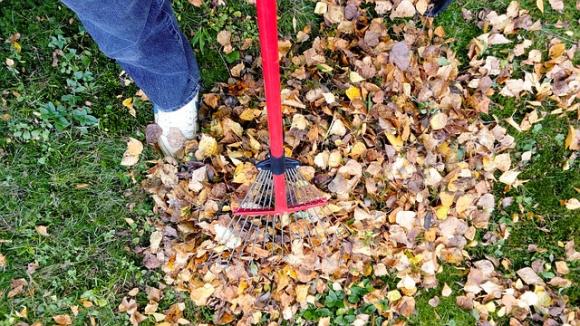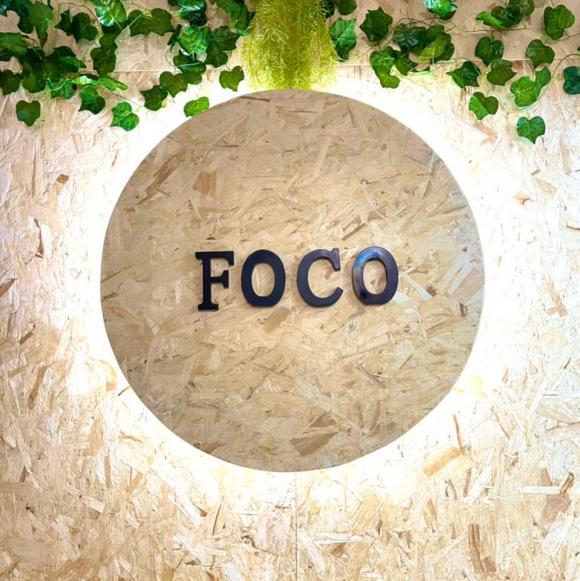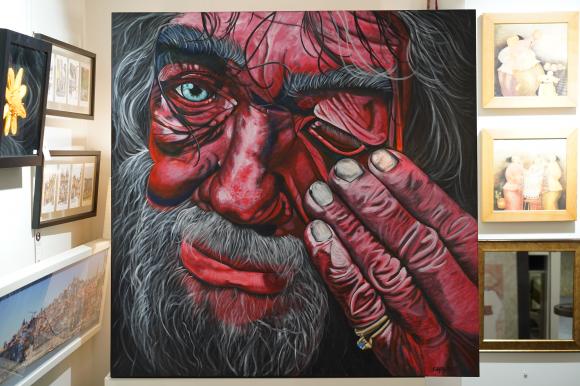
Igreja e mosteiro de Tibães, fontes e construções arquitectónicas da respectiva quinta
The Monastery of São Martinho de Tibães was founded in the second half of the 11th century and received Carta de Couto in 1110 by D. Henrique and D. Teresa. Throughout the Low Middle Ages, the Monastery became the holder of a vast heritage. It received expansion works between 1530 and 1550 by the action of abbot Commander D. António de Sá. In 1567 it became the Mother House of the Congregation of São Bento in Portugal and Brazil and in the first half of the 17th century, given the decay of old buildings and the influx of means provided by the Congregation, the great campaign of that resulted the set that exists today.
Rua da Veiga 16, 4700-565 Adaúfe
Braga
Description
Starting with the church, erected between 1628 and 1661, on the site of the Romanesque temple, the Refectory Cloister was reorganized and the Cemetery Cloister was built. Until 1700, the conventual wings were raised, which included the Ordinance, Receipt, Dormitory, Inn, Chapter Room and Bookstore.
The church is one of the grandest temples in the country and one of the greatest landmarks of Baroque art. The beginning of the works is still affiliated to a Mannerist current, but the Baroque would triumph in the numerous works developed throughout the second half of the 17th century and throughout the 18th century. In it, architects such as Manuel Álvares and André Soares worked, and the Mosteiro shipyard was even a learning center from which masters, sculptors and imagery radiated throughout the North of the country.
Sold at public auction in 1864, the Tibães Monastery and its entire 40 h, have a predominantly agricultural use, keeping the church and cloister in parochial use. In 1894, a fire destroyed the cloister of the cafeteria, cafeteria and the chapter and convent dorms. In the twentieth century, the progressive abandonment to which it was subjected caused the ruin to spread to the areas of the old coristate and novitiate, kitchens, ovens and cellars. In 1986 it became state property. The group has been gradually intervened and through measures that integrate or reintegrate old functions (case of the Parish House). At present, in addition to continuing with some spaces in shared use with the parish, such as the church and the cloister, the re-founding of a religious community, the creation of the Museum (...) and the viability of a Information on Monastic Orders and Historical Gardens, taking into account the importance of the Monastery in the Portuguese "Benedictine route".
Source: https://www.cm-braga.pt/
Comments
There are no comments!
Partners same locality

 EN
EN  PT
PT ES
ES FR
FR